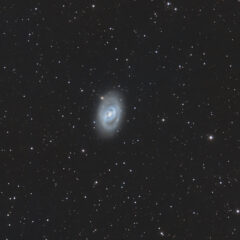
M96
Messier 96 (also known as NGC 3368) is a barred spiral galaxy 34 million light years away in the constellation Leo. It was discovered by Pierre Méchain in 1781. It is the brightest member of the M96 Galaxy Group and Continue Reading
Un observatorio amateur para estudios profesionales.Estudios de Exoplanetas, fotometría de asteroides, supernovas, ocultación de objetos estelares, astrofotografía, el Observatorio Anunaki al servicio de astrónomos profesionales.

Messier 96 (also known as NGC 3368) is a barred spiral galaxy 34 million light years away in the constellation Leo. It was discovered by Pierre Méchain in 1781. It is the brightest member of the M96 Galaxy Group and Continue Reading
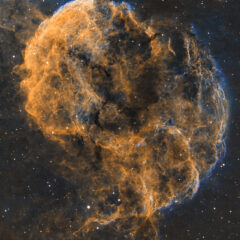
The SNR IC 443 is located in the galactic anticenter direction, close to the galactic plane. Many objects lie in the same region of sky: the HII region S249, several young stars, and an older SNR (G189.6+3.3). Image obtained from Continue Reading
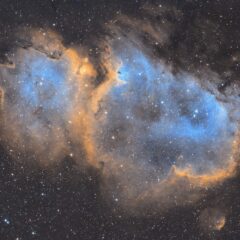
IC 1848 is a nebula located in our Milky Way that is also known as the Soul Nebula. It houses an immense number of stars, as well as open clusters. It is located in the Cassiopeia constellation, next to another Continue Reading
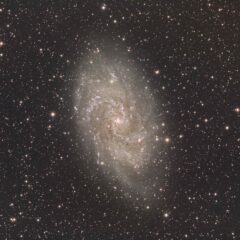
The Triangulum galaxy (also known as spiral galaxy M33, Messier Object 33, Messier 33, M33 or NGC 598) is a spiral galaxy located in the Triangulum constellation. With between 30,000 and 40,000 million stars, it is small compared to its Continue Reading
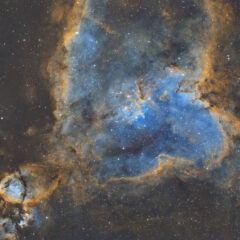
IC 1805 and IC 1848 are two emission nebulae located in the constellation Cassiopeia 7500 light-years from the Solar System, in the Spiral Arm of Perseus of the Milky Way. Both make up the stellar association Cassiopeia OB6.2 Also close Continue Reading
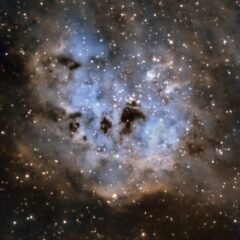
IC 410 also known as “The Tadpoles” is a young galactic cluster of stars. Formed inside the interstellar cloud just 4 million years old, intensely bright and hot stars power the gas. IC 410 is located about 10,000 light-years away Continue Reading
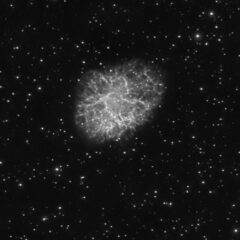
The Crab Nebula (also called M1, NGC 1952, Taurus A and Taurus X-1) is a plerion-type supernova remnant. It is the remnant of supernova SN 1054, observed and documented as a star visible in daylight by Chinese and Arab astronomers Continue Reading

The Laguna Nebula (also known as Messier 8, Messier 8, M8 or NGC 6523), is an emission nebula (specifically it is a Region H II) located in the constellation of Sagittarius. It is approximately 5,000 light-years away. It was discovered Continue Reading
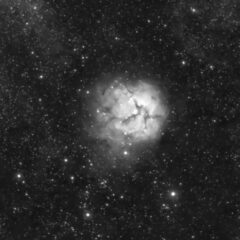
The Trifida Nebula (also known as Messier 20 and NGC 6514) is an H II region in the constellation Sagittarius. It was first catalogued in 1764 by the French astronomer Charles Messier. The name “Trifid”, coined by astronomer John Herschel, Continue Reading
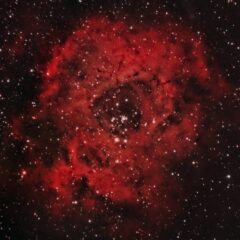
NGC 2244 (also known as Caldwell 50) is an open cluster in the Rosette Nebula, located in the constellation Unicorn. This cluster has several stars of the spectral type O, super hot stars that generate large amounts of radiation and Continue Reading